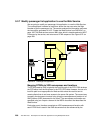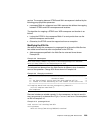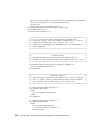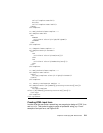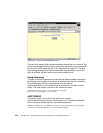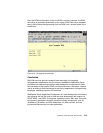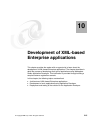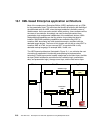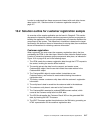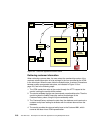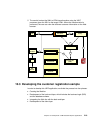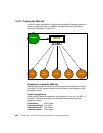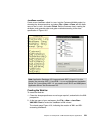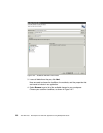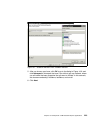
216 The XML Files: Development of XML/XSL Applications Using WebSphere Studio
10.1 XML based Enterprise application architecture
Most of the contemporary Enterprise Edition (J2EE) applications rely on HTML
for the presentation layer. This minimizes the benefits provided by the flexibility of
the distributed multi tier J2EE, since the target audience is limited to users of
Web browsers. As the pervasive world is widely evolving, future audience will be
the users of new devices. Accordingly, we need to decouple content from
presentation logic and become independent of the audiences’ devices. XML’s
Web publishing capabilities are the key solution for providing that level of
isolation. XML’s Web publishing capabilities are available using XSLT to
transform XML documents into other textual documents, compliant with the
desirable target devices. The focus of this chapter will only be on using XSLT to
transform XML to HTML, but you can use XSLT to transform XML to any
desirable markup language, for example WML, VoxML,.etc.
The J2EE layered architecture, illustrated in Figure 10-1, can minimize the cost
of evolving an application’s functionality and updating its implementation
technology. These layers can be broadly categorized as the client layer, the Web
tier layer (which includes the controller servlet, validation logic, presentation
data, and presentation logic), the app server layer, and the data server layer.
Figure 10-1 Multi-tier solution architecture
Presentation
Data
Data Server
Client Web Tier
Servlet Request Handler
Business Logic
(EJB)
HTML
FC
XMLXSLT Processor
Data
Object
XSLT
Data
Data
Presentation Logic
AppServer
Validation Logic



